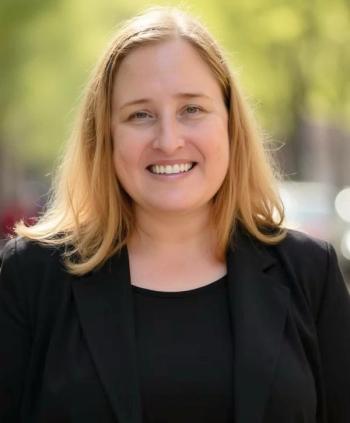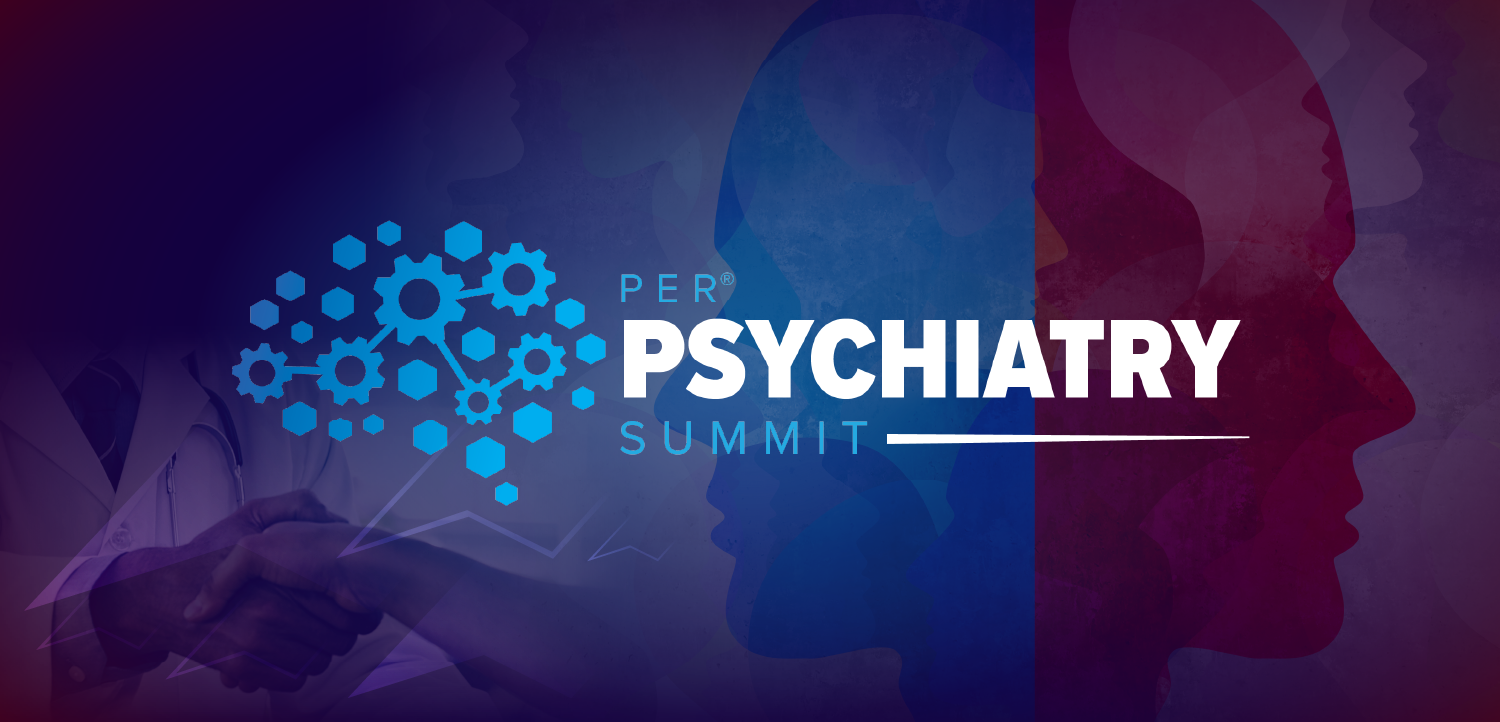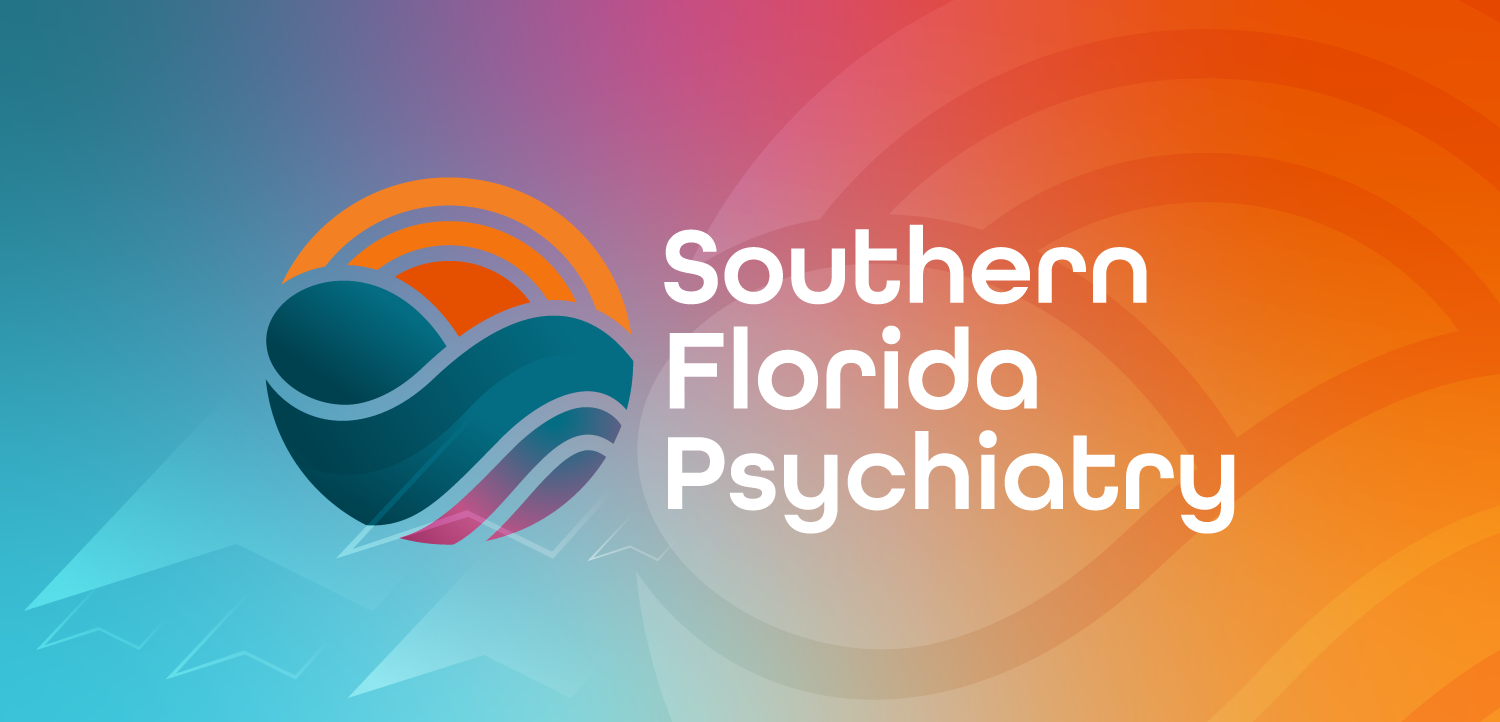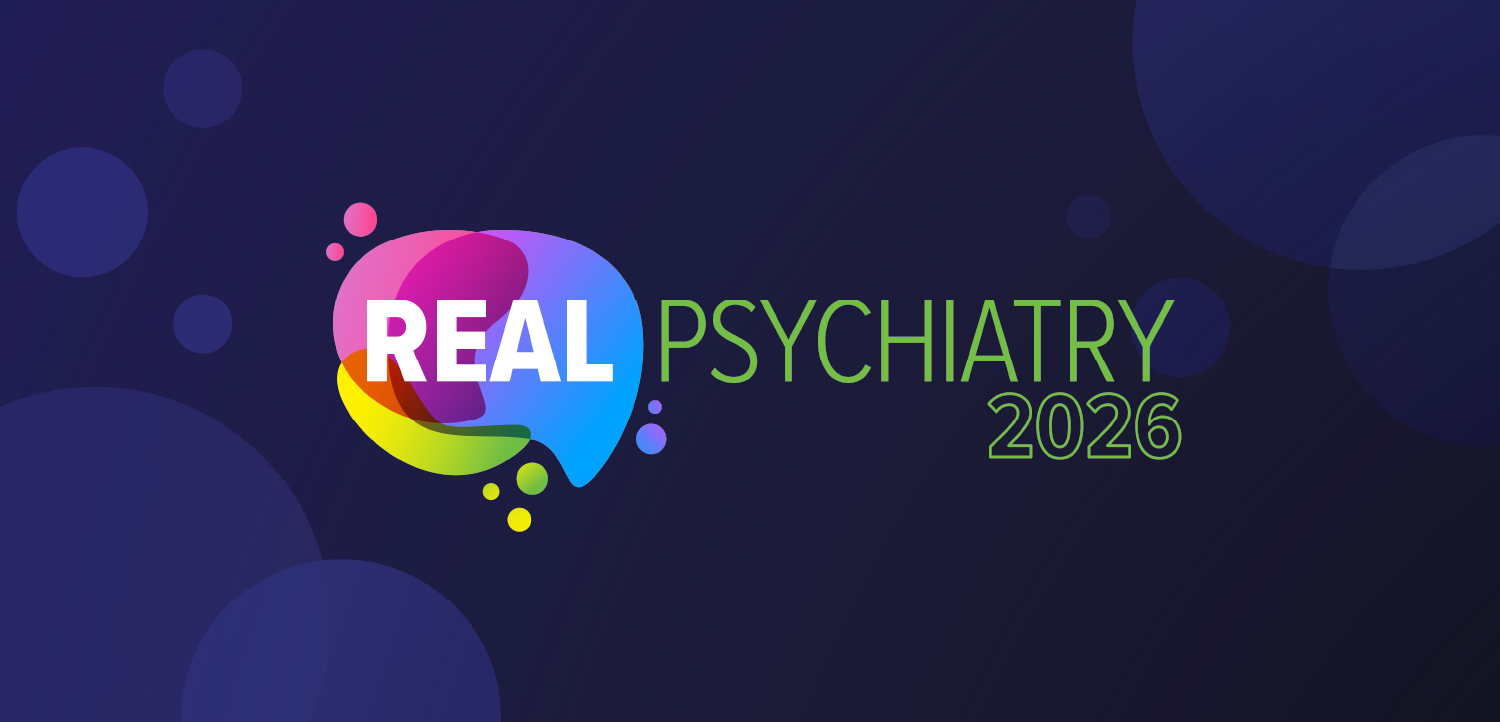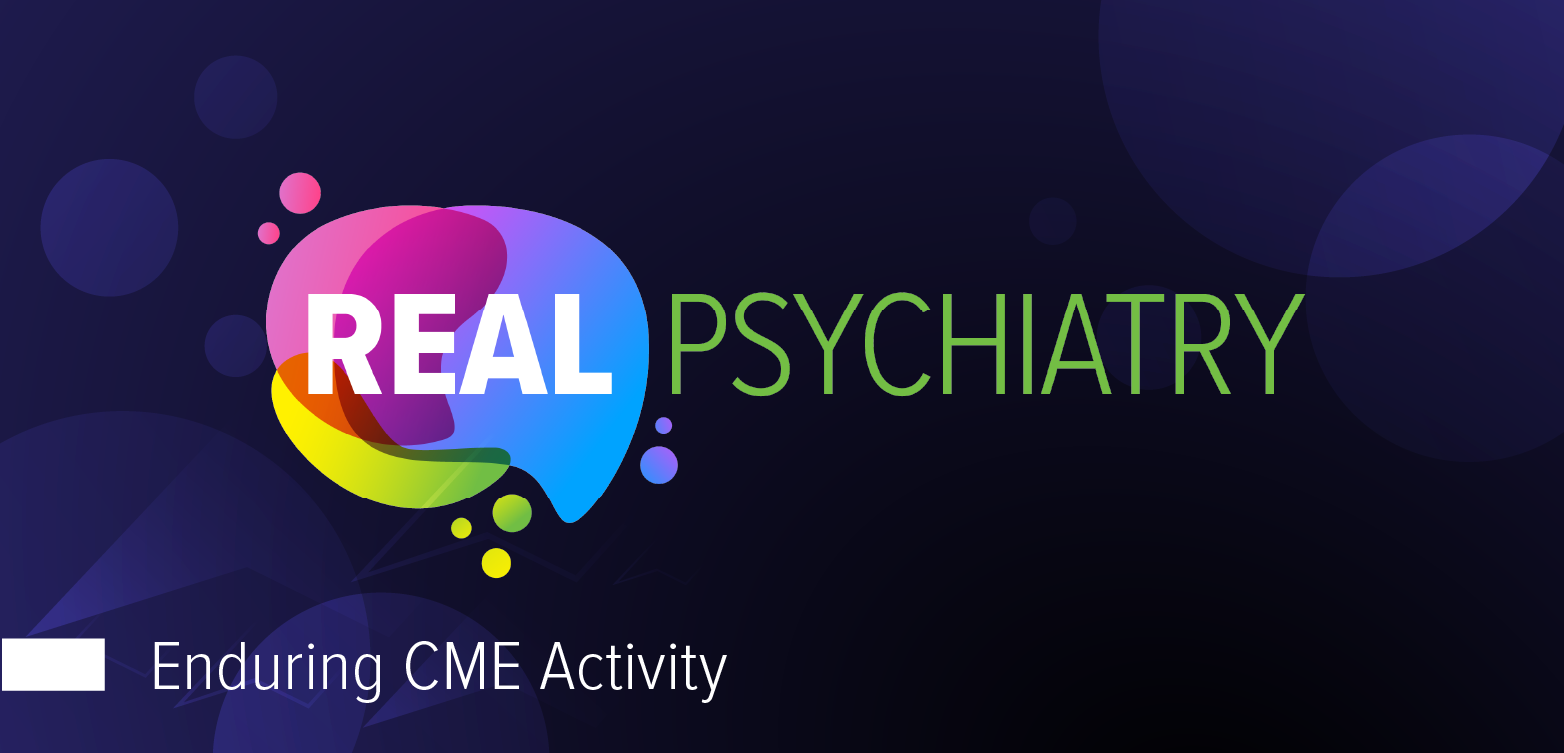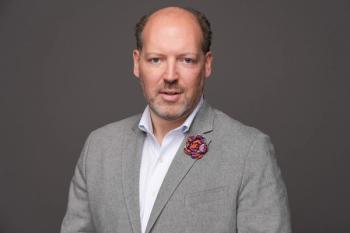
Psychiatric Times Welcomes Media & Psychiatry Section Editor: Mena Mirhom, MD, FAPA
Psychiatric Times is pleased to present a brand-new section on media and psychiatry, and section editor, Mena Mirhom, MD, FAPA.
CLINICAL CONVERSATIONS
Navigating media as a mental health clinician can be challenging. Psychiatric Times is pleased to present a new section to help address and questions or concerns you might have about media: Should clinicians engage with media? How do you talk to patients about social media? What misconceptions do media platforms push about psychiatry? We invited Mena Mirhom, MD, FAPA, to join us as a dedicated media & psychiatry section editor to answer your most pressing questions.
Mirhom is an assistant professor of psychiatry at Columbia University, codirector of the PPF Express Program, and the chief wellbeing officer at Athletes for Hope. He has participated in over 40 live interviews and has taught Columbia's public psychiatry fellows a class on media for the past 5 years. His new column, “
Psychiatric Times: When did you first become interested in engaging with the media as a psychiatrist? How did you hone your skills interviewing and utilizing social media?
Mena Mirhom, MD, FAPA: The first time I became interested in getting involved in social media was when someone sent me a TikTok video filled with wild misinformation. In this video, a person dressed like a health care professional, who actually was not, was warning people against going to the psychiatric hospital, no matter what they are experiencing. This simultaneously worried, angered, and motivated me to respond. It was the first time a video I made got hundreds of thousands of views. From there, I realized 2 things: (1) there is a real need for reliable health information, and (2) that I actually can contribute to that in a meaningful way.
I honed my social media skills in 2 major ways. The first way was asking a lot of questions and learning from individuals who have been doing this well for many years. The American Psychiatric Association’s communications council, as well as several individual psychiatrists, taught me a lot. The second way was not being afraid to try and fail. This takes some experimenting, fine-tuning, and practice. The only real way that I found that we can get better at this kind of work is to actually do it.
PT: You have done quite a number of interviews for TV or large media platforms. Can you share a little bit about your experiences doing that? What advice would you give to other mental health clinicians seeking to be a public voice?
Mirhom: It is really fun! Once I realized that live TV is an entirely different ball game than social media recorded videos, and even live sessions with a patient, I began to really enjoy the process. From the logistics of which camera to look at, listening to producers in your ear, or when a break is coming, to the more important part of how to package information in a bite-size and digestible way—the whole process is just a creative challenge that is really enjoyable.
The best advice I received, and that I would share with someone starting out in this as well is that we truly are the experts in the room. Sometimes we get so accustomed to being surrounded by incredible individuals who have more publications than we do, more experience than we have, and frankly a much longer CV than us, and we doubt the value we bring. But this does not change the fact that we have put in thousands of hours and have a real knowledge base that the vast majority of the country simply does not have—and desperately needs.
PT: What is the most difficult aspect of engaging with the lay public?
Mirhom: Brevity. So much of psychiatry gives us the space to explore, take our time, unpack, but if you are speaking for 30 seconds and have to say something meaningful, it is much more challenging to be concise than it is to ramble. The other part has to do with a challenge of teaching in general. Whether you are educating in a classroom or on a TV segment, the challenge remains: how will someone remember what you said? This is why being concise, precise, and creative is the goal.
PT: How do you talk to patients about social media/media?
Mirhom: Social media and traditional media have become a source of great conversation for me with patients at this point. Most patients are relatively aware of the harms of too much social media and media. But the interesting part is what our algorithm says about us and how we can use that as a way to understand our patients better. Media is a lot like food. If we are mindful of the quality and quantity we consume, it can help us. Examining a patient’s media “diet” with them can be very eye opening to us both.
When a patient tells me, ‘I saw you on TikTok,’ they often explain that psychiatrists feel foreign and inaccessible. For many parts of the country, this is a reality. There simply are not enough psychiatrists to go around. We now have the opportunities to go into someone’s living room or to meet them on their phone and engage with them in a relatable way.
PT: What would you say is the no. 1 misconception about psychiatry in the media?
Mirhom: That we have a hidden agenda. This is the most common and most disheartening thing that I see consistently in media or social media. There is a misconception that we are somehow influenced by pharmaceutical companies or are not making decisions purely for the best interest of our patients. These ideas are often promoted and escalated by individuals or industries who, ironically, may have their own hidden agenda. That is why there is a great opportunity for us to correct that, show that we aim to do no harm, and that our priority is patient care.
PT: How can we elevate psychiatry using the media as a stage?
Mirhom: By making the stage less scary. One of my favorite comedians, Jerry Seinfeld, once noted that the number 1 fear we have is public speaking. Number 1! “More than death! so if you are at a funeral, most people would rather be in the casket than giving the eulogy…” The reality is public speaking, media, and this world of written communication is not as scary as it seems. We can elevate the presence of psychiatry by actually being present. Once we demystify that world, we can feel more comfortable in it because it needs us and we belong there.
PT: As you take on this role of section editor, what do you want your colleagues to know?What are you most looking forward to sharing?
Mirhom: That your voice matters and we want to help you find it! In the class that we have conducted at Columbia’s public psychiatry fellowship over the past 5 years, we have a go to phrase that is the theme of every year: “We are high encouragement and low pressure.” In other words, we are not more pressured to do this work or to find a way to be on social and traditional media, rather we are invited to find our own voice. My hope is that my friends and my colleagues are inspired and that we get to do this work together!
I am most excited to peel back the curtain of media and help remove some of the barriers to entry. As we explore the “how” and “why” behind this work, I am excited to show that we all have a place and opportunity in this work. My hope is that all these brilliant clinicians, with incredible life experience and their own unique valuable story, share the gift of their voice with the world. It is that very voice that facilitates healing for our beloved patients… and for us. So. I will see you on set.
PT: Thank you!
Dr Mirhom is the immediate past president of the New York County Psychiatric Society, an assistant professor of Psychiatry at Columbia University, codirector of the PPF Express Program, and the Chief Wellbeing Officer at Athletes for Hope.
Newsletter
Receive trusted psychiatric news, expert analysis, and clinical insights — subscribe today to support your practice and your patients.




